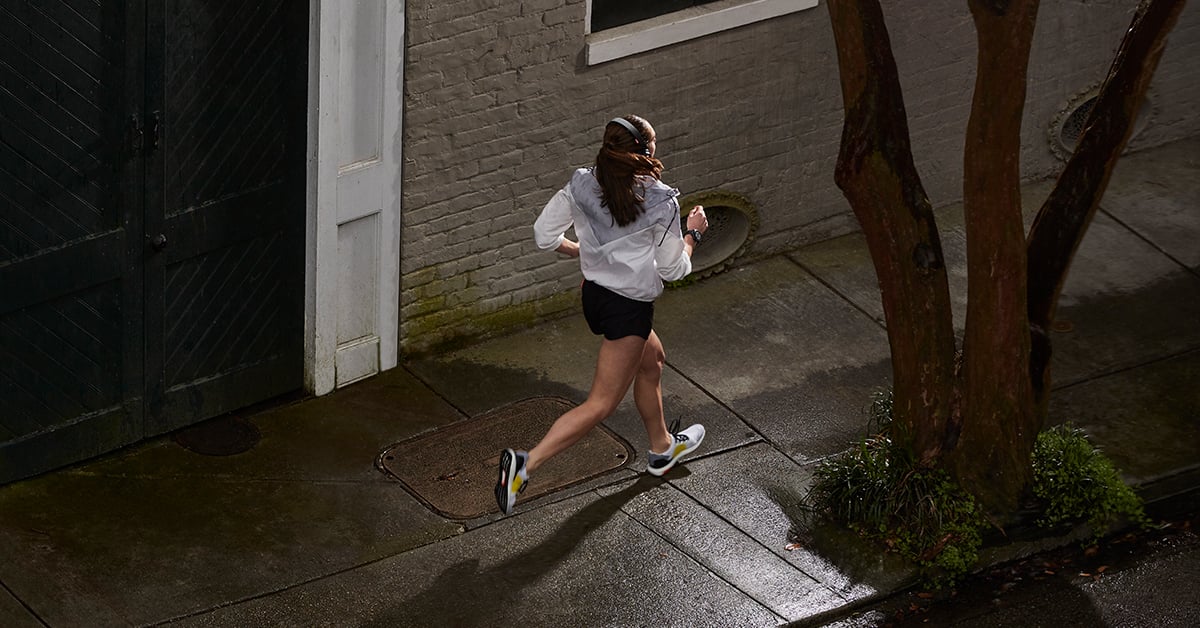
How to Designate a Spot at Home for Yoga & Meditation
Please enjoy the guest post by Hannah West. West writes for Modernize.com with the goal of empowering homeowners with the expert guidance and educational tools they need to take on big home projects with confidence. In addition to her focus on home improvement, she has a young adult novel, Kingdom of Ash and Briars, debuting in fall 2016.
On the mat, the day’s stresses all seem to disappear. But your yoga practice can also create unnecessary stress when you find yourself rushing across town to get to a session or barely cramming it into your schedule. If yoga has started to feel like another appointment on your calendar, consider creating a serene space at home to practice independently when its suits.
If this sounds daunting, rest assured that you don’t need to build a true studio to get the most out of your practice. Whatever your current setup may be, you can make it work for you. Here’s how:
Make Room for Simplicity
Simplicity is one of the Ten Principles of yoga. So first things first: choose a spot and clear out the clutter. This shouldn’t be a daily process, such as rearranging the coffee table every time you want to spread out your mat. Locate an area that doesn’t currently serve a purpose, or one that can be permanently repurposed for meditation and yoga. My husband and I live in a one-bedroom apartment with a small dining area. After evaluating our needs, we nixed the dining table in favor of a desk and ample space to exercise, and now we eat at the bar. Wherever you are, there’s room for give and take.
Soften the Light
Nothing kills relaxation faster than a glaring overhead light. Whenever possible, let the sun be the main source of light in your yoga space. If your windows are small or you tend to practice in the evening or early morning, install a dimmer or invest in a floor lamp with a semi-opaque shade for softer and more ambient lighting.
Incorporate an Inspiring Visual
For me, nature is the most important focal element. I love a view of the outdoors because it helps energize and calm my spirit. But if the view out your window isn’t peaceful, you may want to find something else to focus on. Try a photograph of something you find beautiful, a sculpture, a collection of plants, or even a mirror that brightens up the space and allows you to better connect with your body.
Be Comfortable
Small cushions play an important role in finding what feels right as you meditate. If you’re out of alignment and uncomfortable, you’ll have trouble transferring your focus from the outside to the inside. A round cushion helps your legs relax and improves alignment of the spine, but different shapes and sizes can work for different people.
If you need a place to store your cushions and your mat, consider trading one of your smaller furniture pieces for something that contains storage, such as a coffee tables with drawers or a storage ottoman.
Create Ambiance
Simple doesn’t have to mean just you, a mat, and one element of visual inspirational. You want your yoga and meditation space to be a place that enhances positivity and curiosity—whatever that means for you. You may want to use candles or incense to enhance your practice with aromatherapy, or a sound machine that lets you tune out distracting noises (or even distracting silence). Create a small, peaceful garden of rocks and greenery. If your space doesn’t have four walls and a door, close it off with a curtain to give a sense of peaceful isolation from your everyday life.
The most important tip is to be intentional with the way you design your yoga space. Enable yourself to focus and be inspired, and reap not just the physical benefits of exercise, but the psychological and mood-enhancing benefits of your new environment, too.




